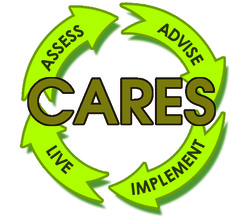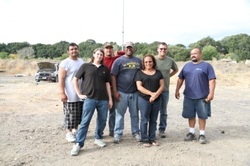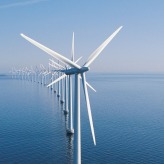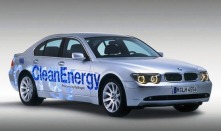
I'm pleased to announce that the grand opening of the co-designed homes at the Pinoleville Pomo Nation
will featured in an Open House next Friday, Sept. 21 in Ukiah, CA at 10 am.
Please come if you can!!!
Since March 2008, the Community Assessment of Renewable Energy and Sustainability (CARES) has been partnering with the Pinoleville Pomo Nation (PPN) near Ukiah, CA to co-design culturally-inspired, sustainable housing and renewable energy power systems that utilize sustainability best practices, renewable energy technology, and reflect the long-standing culture of the Pinoleville Pomo Nation.
During that time, this partnership has secured roughly $1.5 million via CITRIS, DOE, HUD, and EPA for construction and funded 2 PhDs and 2 MS projects in the College of Engineering and the Department of Architecture.
Two of the co-designed homes have been built and the PPN conducted “green jobs” training sessions on strawbale construction materials, grey water, and renewable energy systems for its citizens and local labors participating in their construction.
This partnership has been honored with the 2010 Chancellor’s Award for Public Service in the Civic Engagement and has also been featured in UC Berkeley’s College of Engineering's Innovations (October 2008), College of Engineering's Engineering News (December 2008), College of Engineering's ForeFront (Spring 2009), and the University Relations’ Promise of Berkeley (Fall 2009).
Also see Luce video of the project here.



 RSS Feed
RSS Feed


